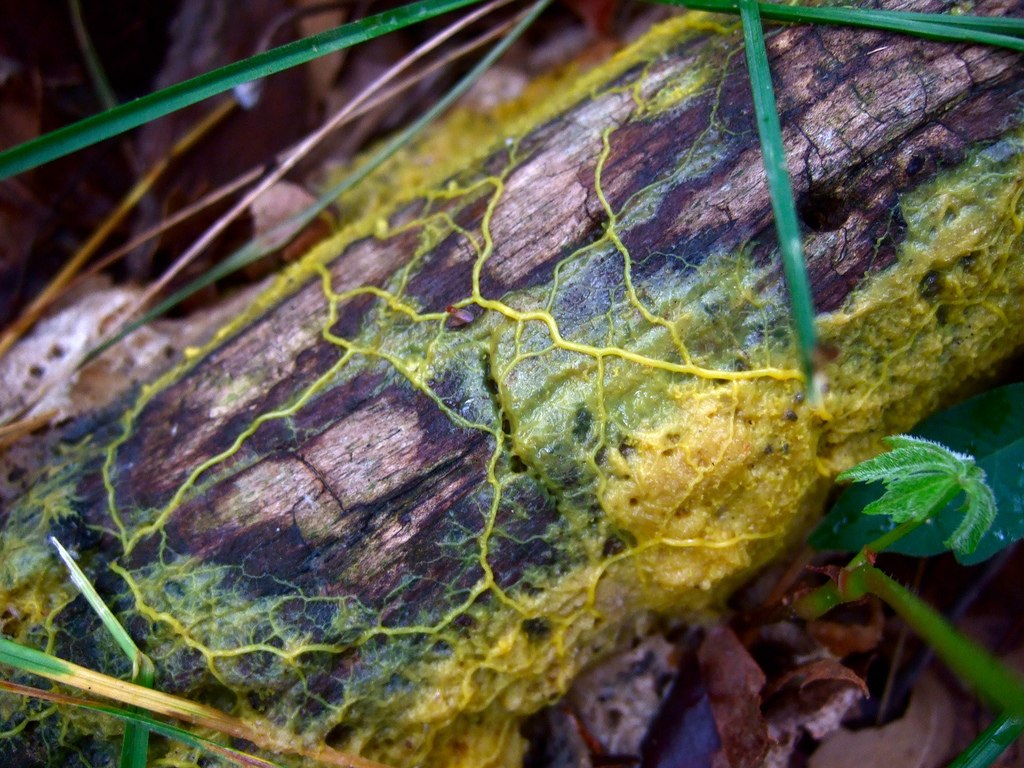If you’ve ever seen “The Wizard of Oz” you know how Scarecrow didn’t feel he could ever be all he should be until he had a brain.
Well, maybe he should have just done what slime molds do: they have developed the ability to remember even without a nervous system.
We’re talking about species Physarum polycephalum, which we already know to be pretty sharp.
If given two possible paths toward food, for example, it will find the shorter route and take it.
But it can also find its way back to the places where food had previously been, which creatures typically need a nervous system to do.
Researchers in Germany have just figured out how this organism does it.
The slime mold has an internal tube network that, among other things, will react to an encounter with food.
It releases a chemical at that location that makes the nearby tubes thinner than once elsewhere in the organism.
Then it reorients itself toward the thinner tubes; in a way it’s leaving trail for itself to follow.
The researchers say understanding this process could help develop new smart materials with a quasi-memory, or help in making robots more adaptable.
Or, next time a slime mold asks you for directions, you can say, hey, just follow your tubes.
Today’s the birthday of guitarist, songwriter, Beatle and Traveling Wilbury George Harrison.
It was February of 1964 when the Beatles famously arrived in New York and American Beatlemania took off.
But Harrison had already been to America the previous fall, to visit his sister Louise in Benton, Illinois, southeast of St. Louis.
Benton keeps artifacts of the first Beatle visit to America at the Franklin County Jail Museum.
A memory without a brain (Science Daily)
The Charming Story of George Harrison’s Vacation In Small Town America (Smithsonian)
We know you’re smart, so join our smart backers on Patreon to keep this show strong!
Physarum polycephalum photo by frankenstoen, CC BY 2.5 via Wikimedia Commons

